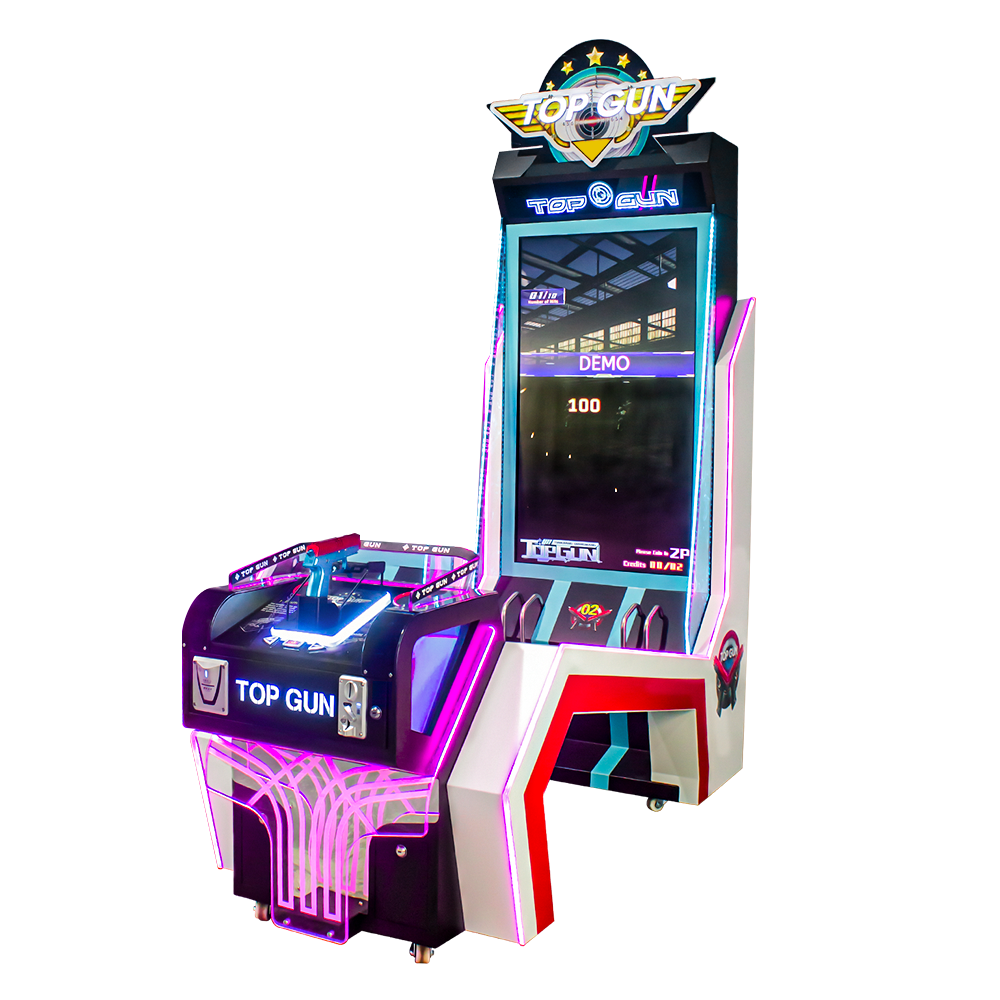Arcade games started to be further popularized in 1978 with the release by Taito of “Space Invaders,” which launched a global craze. In Japan, “Space Invaders” reportedly grossed a billion dollars in arcade revenue. Its success led to many more classic arcade games, such as “Pac-Man” (1980) and then “Donkey Kong” (1981). It was a time when these games were extremely popular among masses of avid gamers, and hence, arcades began to spread like wildfire all over the world because they became essential centers for the youth who wanted to spend their leisure with others.
Table of Contents
ToggleThe 1970s: The Rise of Arcade Games
Arcade games blossomed in the United States during the 1970s. This was a big deal in 1978, particularly because of the launch of Taito’s “Space Invaders.” It directly led to the game selling 362,000 units worldwide and effectively promoting the industry of arcade games. Surveys show that U.S. arcade game revenues in 1980 were at an all-time high of $280 million.
It was at this time that arcade games were placed in bars, shopping malls, and even amusement places where young people hung out, slowly but surely turning into an important way of how we interact socially. It was a social spot as well. It’s where people hung out with their buddies, demonstrated who had the chops, and gave birth to a vibe that belongs exclusively to the arcades.
The 1980s: The Arrival of the Golden Age
The 1980s saw the golden age of arcade video games. A series of classics such as “Pac-Man,” “Donkey Kong,” and “Street Fighter” were released in succession. These games brought the highest graphical fidelity as well as the most realistic sound effects during that time. In 1982, the revenue of the U.S. arcade game market surpassed $3 billion.
The 1980s saw advances in computer-based arcade games. Color graphics, decent music in the background, and much more elaborate gameplay were given to the player. In particular, “Pac-Man” sold more than X million units worldwide, sparking a craze. Not just because of easy, intuitive gameplay but also peculiar characters and stories that appealed to players from all age groups.
This also led arcade games to promote professional game development. During this period, many key companies, such as Nintendo and Sega, turned their focus on making high-quality arcade titles, which would help lead the entire industry on new paths of development.

The 1990s: Transformation and Challenges
By the time the 1990s rolled around. However, arcade games had to compete with home consoles and personal computers. Home consoles such as the Sony PlayStation and Nintendo 64 began to replicate arcade-like game experiences within the home, causing a substantial change in demand for arcades. For example, U.S. arcade game market revenue dropped to only $2 billion in 1994, according to statistics.
In order to respond to the difficulty, arcade games began moving towards larger scale and specialization. Racing simulations and music rhythm games started to gain popularity fast in arcades, also known as driving simulators or just simulators, as they were released alongside the appearance of rhythm video games like “Guitar Hero.” The early MMORPGs were vast, requiring a specific type of computer and commitment to the experience that gamers were willing to put significant time and dollars toward.
Despite the difficult environment of the arcade market during this time frame, a few titles held their own. One good example is “Street Fighter II,” which made a mark in the gaming industry. Released in 1991, it rapidly became one of Capcom’s best-selling models in the world, with more than 4 million units sold. The game was so successful, leveraging not only its mechanics and character design but also leading the way for versus fighting games.
The Impact of Modern Arcade Games
While the 1990s saw arcades gradually fall by the wayside, their impact lingers. The recent retro gaming craze has triggered the revival of arcade games. Classic arcade games were remastered and ported to modern platforms. Arcades have begun to make a resurgence; articles elsewhere detail the rekindling of arcades for new demographics.
Today, arcade games feature a wide range of diverse gameplay and are often augmented by or even centered on new technological innovations. The use of these new technologies has allowed for a further step and helped pave the way for an enhanced immersive gaming experience based on arcade concepts. For instance, new VR arcade games enable players to compete against others in real-live virtual reality spaces for the first time, which is totally unprecedented.
Esports, on the other hand, have evolved and expanded for years now, carrying on that competitive spirit of arcade games but with an added multiplayer component as well. These days, when dozens of millions of users follow the course of many esports events and when players all over the world challenge remote opponents, something new emerges, both socially and culturally.
Arcade games are a category of games that have made their mark not just in the technology and entertainment industry but also in social interaction and human exchanges as well. Arcade games still heavily leave an impact on people’s lives and forms of entertainment, whether it be from the magical period of arcades in the ’70s or through a more modern version where retro-oriented (and socially relevant) theming allows for greater retention subsumed to arcade’s universal enjoyments.








